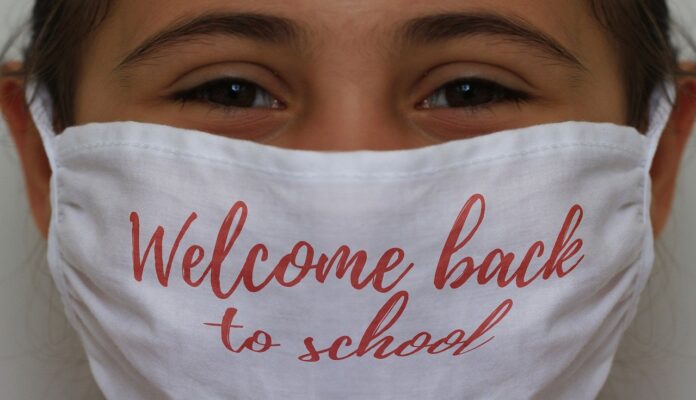In the past few weeks, several countries have re-opened schools as research has established that children are less likely to be at the risk of a severe form of coronavirus infection in comparison with both young and older adults.
Secondly, the mental impact of the lockdown on kids has been extremely negative with them experiencing high levels of anxiety due to lack of social contact as well as tensions at home due to various reasons including financial uncertainty, especially in lower socio-economic backgrounds.
Opening schools can help many children battle the mental toll the health crisis has been having on people since the start of the pandemic.
Therefore, experts have also supported sending kids back but only in some of the countries after the schools have ensured that they are taking effective coronavirus guidelines to ensure a lower risk of spread.
However, many countries that have neither lowered the transmission rates nor are taking enough preventive measures are also reopening schools, including the US.
RELATED: Women More Likely to Follow Coronavirus Guidelines than Men
In the US, many health experts have voiced their opinions against the government’s decision to reopen schools even when the majority is highly susceptible to the virus and the pandemic has only been worsening in the country.
Additionally, it should also be noted that the lack of policies for coronavirus prevention in schools does not only affect the children but also other workers at school including teachers, janitors, and others.
While kids may not be at a high risk of having severe coronavirus infection, a number of studies have shown that they may spread it even more than adults. So, children who contract the virus at school can also bring it home and infect family or their friends.
Therefore, it is important that parents and caregivers talk to children about the risk of catching the infection at school as they have re-opened or are opening in the coming weeks.
Start by discussing different ways in which the virus can be contracted in the classroom including by coming into physical contact with an infected person or surface or catching it just by airborne transmission.
Read more on classroom safety in schools here.
Next, tell them about effective preventive measures that can help in avoiding the infection including wearing a mask during all time spent at school, frequently washing hands or using hand sanitizer, and trying to stay at six feet distance from other children.
Lastly, remind the children that if they are following all safety guidelines for coronavirus will not only help them in protecting themselves but their families, friends, and community.
Doing this can urge them to follow the instructions more strictly as they may get a ‘heroic’ feeling as they are protecting other people merely by wearing a mask in school.
Make sure to talk about all the infection in detail before school starts as children tend to believe in myths and false facts which can be common especially among classmates.
Clarifying prior to this happening can avoid any step taken by the children which can possibly be dangerous out of the fear of coronavirus.




